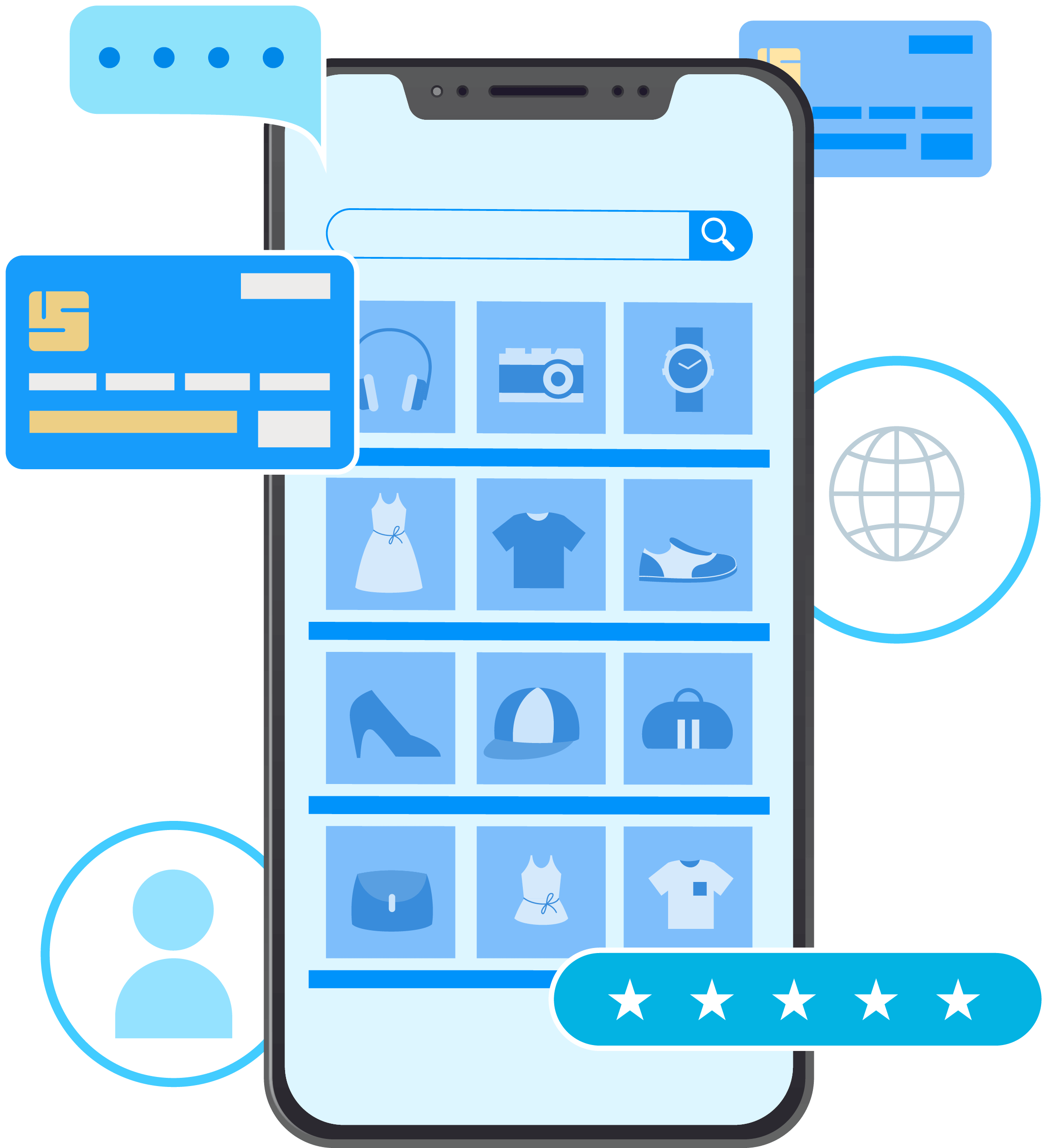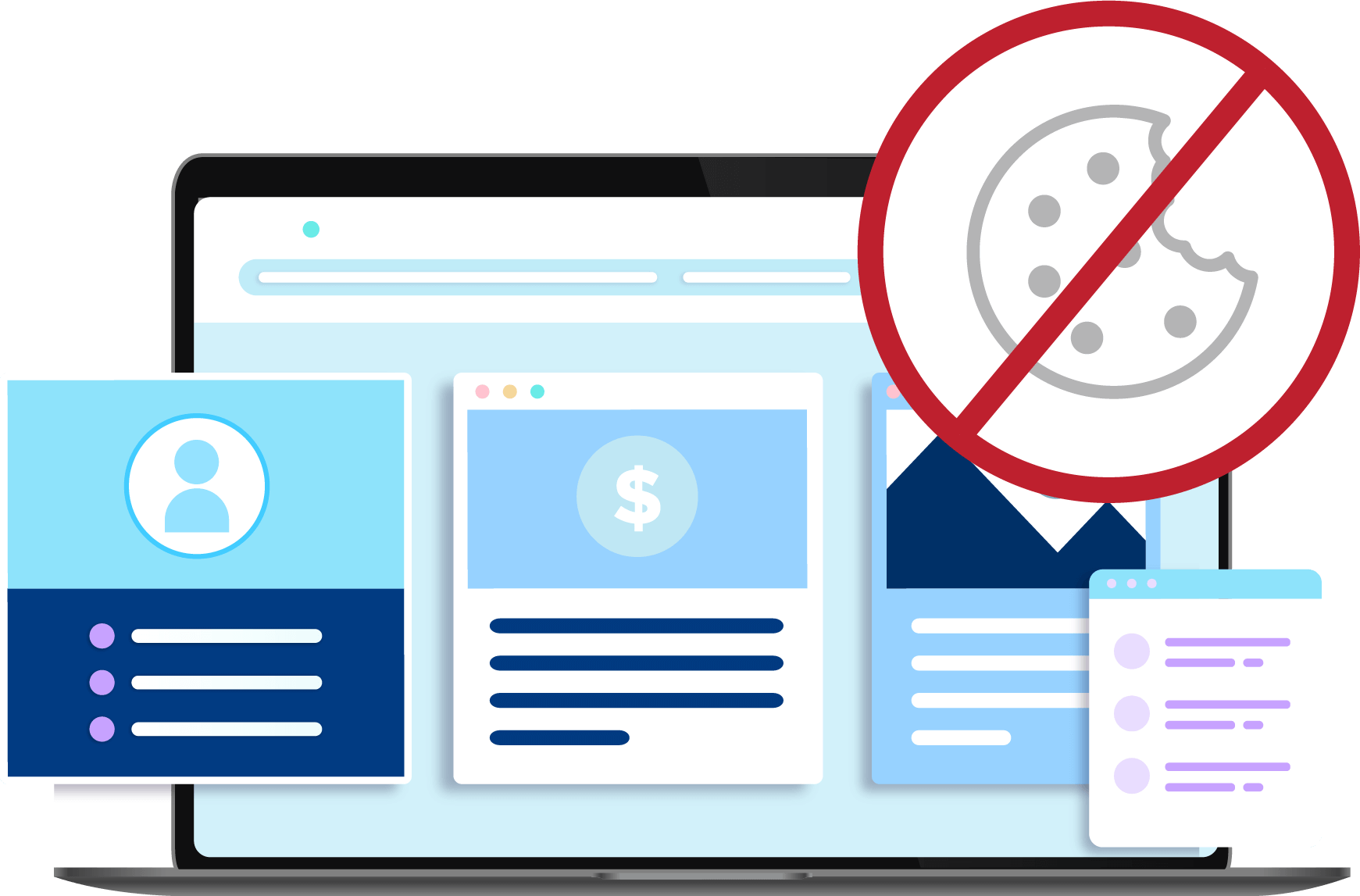Hold onto your socks! The future of data collection is here.
You’ve heard about first, second, and third-party data, but what about zero? With the adtech industry becoming increasingly oriented toward user privacy, zero-party data stands out as the most valuable asset marketers have to gain meaningful and actionable insights into their customers.
What is zero-party data?
Zero-party data is information that a customer knowingly and willingly shares directly with a company. It offers marketers a solution to the developing issue of creating effective ad campaigns in a user privacy-centric space.

Zero-party data can take several forms; odds are you have provided a company with this kind of data before. Here are a few examples you may find familiar:
- Surveys
- Questionnaires
- Pop-ups
- Polls
- Customer profiles
Because of current industry regulations, users have the option to opt-out of tracking, giving control of their data back to themselves. This means there’s no longer an automatic link between consumer and marketer when an app or website is launched. In this instance, data exchange is contingent on a genuine relationship.
What’s the big deal?
Zero-party data implies a deeper level of trust between consumers and companies. The type of information a customer provides differs from first, second, or third-party data because it’s qualitative, not quantitative. In other words, it’s personal. We’re not talking about a user’s average session time, impressions, clicks, or device ID. That’s quantitative. It’s numerical and measurable. Think of it like this: a personal stylist curates their client’s wardrobe by gathering data directly from the source. There’s a conversational exchange of information. What brands do they prefer? What’s their favorite color scheme? How do they like their clothes to fit- looser? tighter? This is qualitative. It’s descriptive, language-based, and conceptual. This information allows the stylist to create a highly personalized selection of clothes with a higher chance for success, i.e., a happy, stylish client. Though there may be a small amount of overlap between the two, generally, it’s like comparing apples to oranges. Both are data, but not necessarily measurable in the same way.
You’ve got their trust; now what?

Congratulations! You’ve done one of the most challenging things a marketer has to do, get a consumer to trust your brand. Now that you have an established relationship, the question becomes, “How do I keep it?” The answer? Results. If you want reengagement, you have to deliver personalized and accurate products. If your customers don’t know you have the specific items they need, they will look elsewhere. That’s where the power of zero-party data comes into play. This conceptual data gives you unique insight into what drives users to your site and inventory. Don’t waste that edge! You’ll see a higher return on ad spend (ROAS) by continually driving personalized ads with products they want. Conversions from those personalized ads signal that your zero-party backed ad campaign is working. That success is the first of many building blocks to creating a long-lasting relationship between customers and your company.
Leverage zero-party data to drive growth
You’ve established customer loyalty and have a leg-up on the competition. But, what kind of benefits can you expect? Is there potential for quantitative, measurable results from qualitative data? Will you get back what you put in? Basically, you’re wondering if this is a big ole’ money pit. Short answer, no. Long answer, well, let’s take a look at it.
Benefits
High-quality data
Strategizing your data collection methods means you have the ability to gather the information you want, not just what’s handed to you. You can predict trends, products, and campaigns with a higher success rate based on your audience’s feedback.
Personalization
With a holistic view of your customer demographics, you can hand tailor ad campaigns to their wants and needs. The intimacy of zero-party data removes the guesswork of first, second, and third-party data.
Better inventory management
You can better anticipate your customer’s future purchases by utilizing strategically collected data to understand their preferences.
Collection methods
Customer profile
Prompt customers to fill out a profile alongside their purchase, registration, or subscription. This is an easy way to ask for basic, transactional, and demographic information, like name, age, phone number, and shipping address. It also opens the door to gauge interest in other products and services.
Chat pop-up
When a customer visits your website for the first time or a promotional event is running, use a chat pop-up to start a conversation! Offer a discount or ask a simple question.
Email campaigns
Emails are a great way to generate interaction! Make the experience fun for users with a survey or quiz that asks questions you can use to personalize their shopping experience later.
How the cookies crumble
But what about the current standard for data collection? As the phase-out of third-party cookies continues, marketers must find privacy-first and compliant ways to get to know their audience.

Regulations and initiatives like the General Data Protection Regulation (GDPR), the California Consumer Privacy Act (CCPA), Google’s Privacy Sandbox, and even Apple’s SKAdNetwork and AppTrackingTransparency (ATT) framework, among others, dictate what marketers can know about their customers across devices, platforms, and regions. Nonetheless, brands will continue interacting with the most common customer data types at some level.
First-party
Passively collected data from user interactions on a company’s website or app. First-party includes behavioral and transactional data such as a user’s site/app behavior, clicks, session length, purchase history, rewards and loyalty, downloads, and ad engagement.
Second-party
An organization’s first-party data is collected directly from users and sold to a different company. Second-party data gives buyers more insight than their first-party data alone.
Third-party
First-party data that companies buy from data aggregators, not the original collectors. This data is gathered with consent across an array of websites, apps, and/or services that aggregators compile into relevant categories for purchase on a large scale.
Stay up-to-date
The digital space is always changing. Keep your marketing edge sharp by subscribing to our newsletter.
For more information, visit our website or reach us at support@kochava.com.




